Jatropha Berlandieri
Jatropha berlandieri is a super cool plant! It’s one of those quirky, caudex-forming succulents that collectors love:
🌿 Jatropha berlandieri — Quick Profile
-
Common Name: Jatropha Berlandieri, Guayacán, or sometimes “Jatropha Buddha Belly” (though that nickname’s shared with a few Jatrophas)
-
Family: Euphorbiaceae
-
Origin: Native to Texas and northern Mexico
-
Growth Type: Caudiciform (grows a swollen base for water storage)
-
Height: Usually stays under 2 feet tall, but the caudex can get really fat over time
-
Flowers: Small, red to pink, showy — often blooms on and off during warm months
-
Leaves: Palmate, like little green hand fans, and deciduous in winter
🪴 Care Tips
â˜€ï¸ Light
-
Full sun to bright indirect light.
-
Outdoors in hot, dry climates? Perfect.
-
Indoors? Give it a super bright spot — think southern or western window.
💧 Watering
-
It’s a true drought-lover.
-
Water when the soil is bone dry, especially during growing season (spring/summer).
-
In winter, cut way back — the plant may drop leaves and go dormant.
-
Never let it sit in water (root rot is the enemy).
🌱 Soil
-
Needs super well-draining soil.
-
Use cactus/succulent mix + extra perlite, pumice, or coarse sand.
-
Even better if it’s in a shallow pot that helps show off the caudex.
ðŸŒ¡ï¸ Temperature
-
Likes it warm: 65–95°F (18–35°C).
-
Protect from frost! Bring it inside below 50°F (10°C).
-
It can handle brief dips in cooler temps, but it won’t like it.
🌸 Fertilizer
-
During active growth: Light feeding every 4–6 weeks.
-
Use a balanced, diluted fertilizer — or one made for cacti/succulents.
-
Don’t feed during dormancy.
🪴 Potting
-
Choose a shallow, wide container to show off the caudex.
-
Terracotta pots are ideal (they breathe).
-
Repot every couple of years — or when it outgrows its pot.
âœ‚ï¸ Pruning / Propagation
-
Can be pruned to control shape or encourage branching.
-
Propagated by seeds or cuttings, but seeds are not always easy to find.
-
Cuttings need to be dried a few days before planting in dry soil.
âš ï¸ Watch Out
-
Toxic: Like most Jatrophas, all parts are toxic if ingested — keep away from pets and kids.
-
Pests: Occasionally gets spider mites or mealybugs — treat with neem oil or insecticidal soap.
-
Leaf drop in winter is normal!

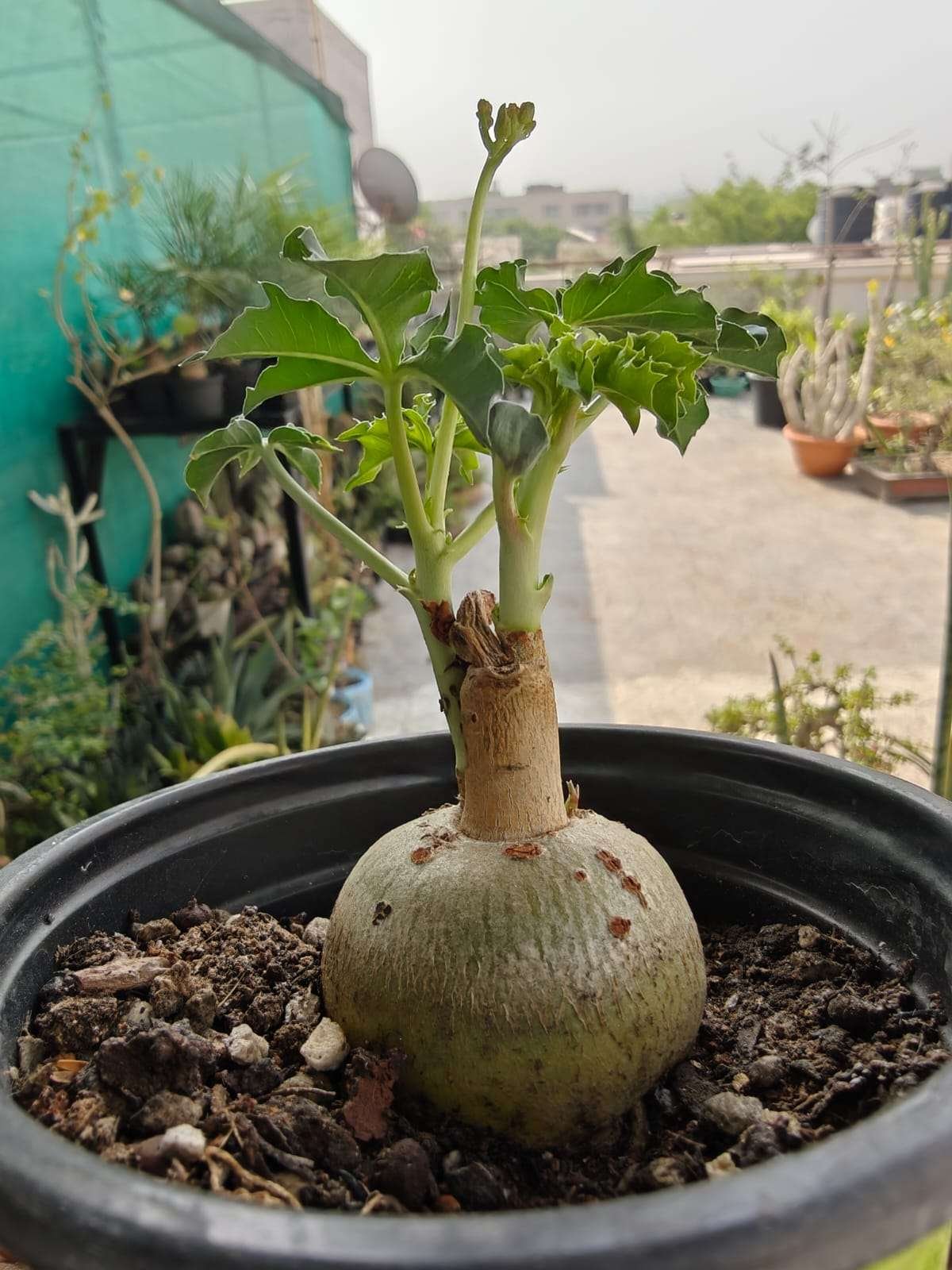
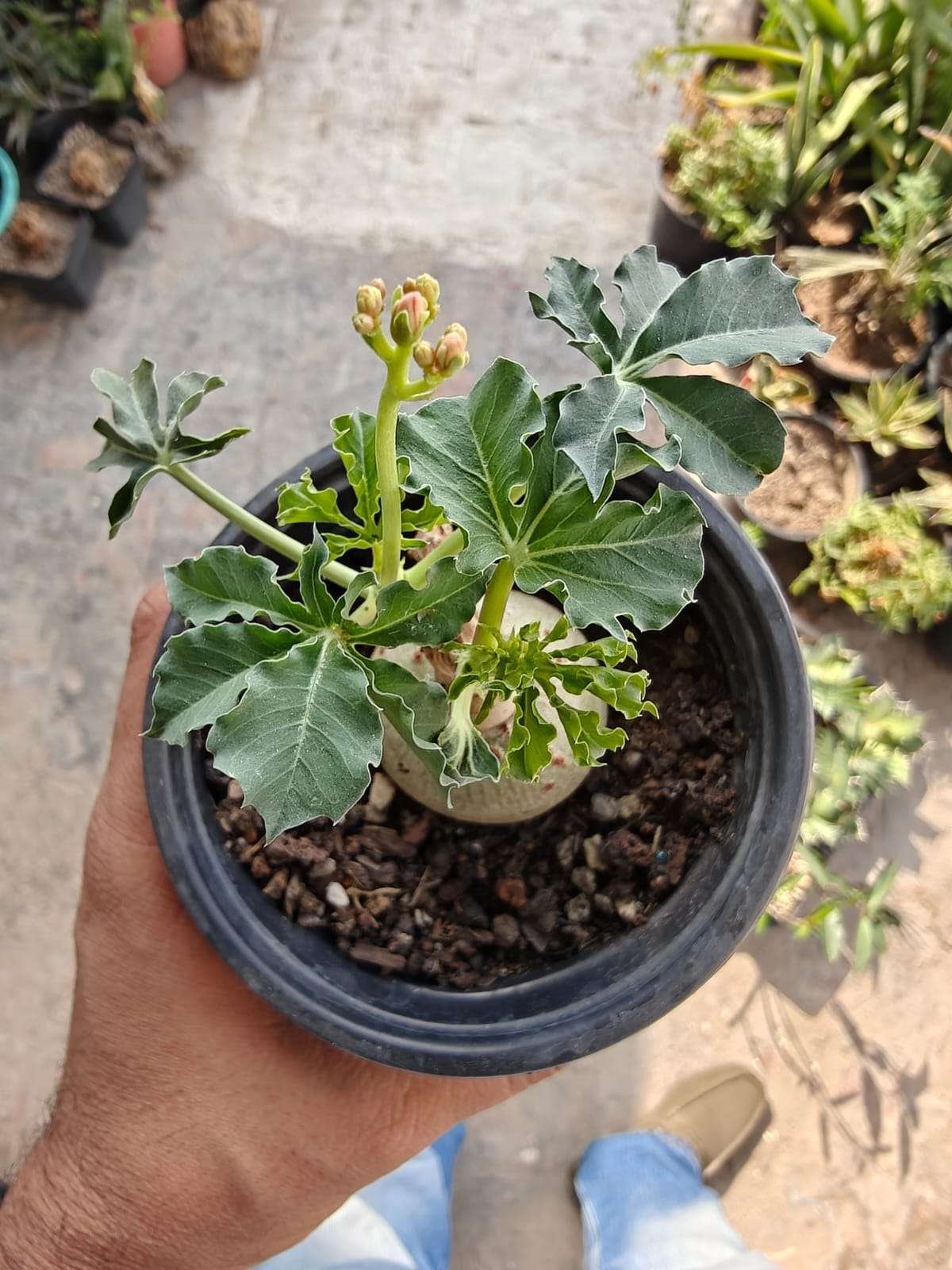
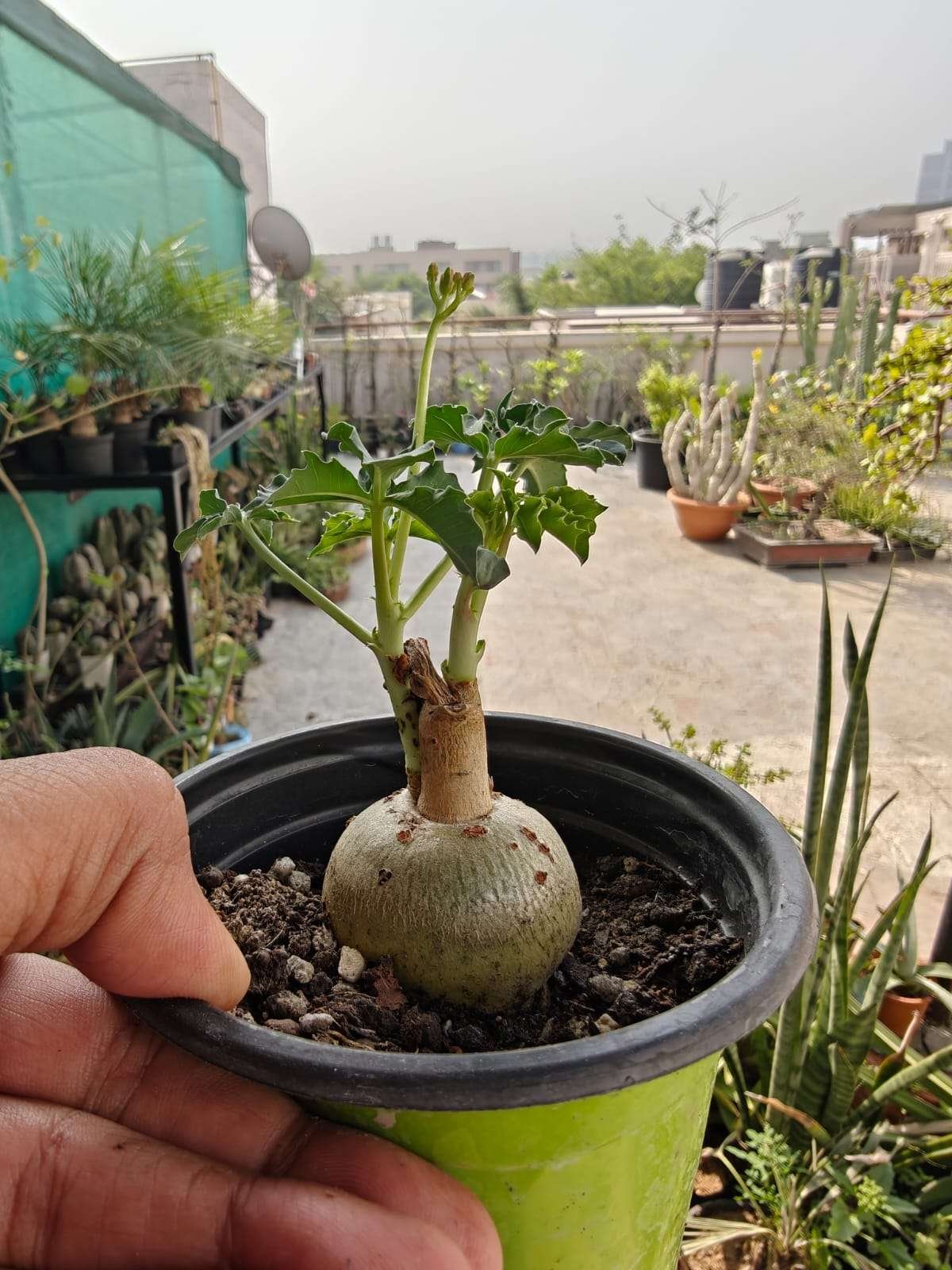
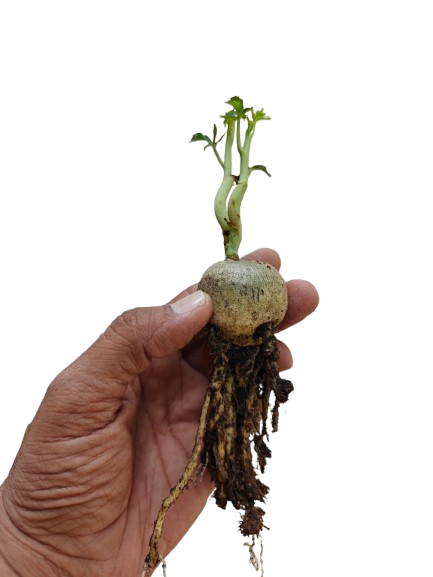
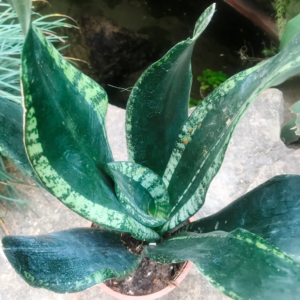
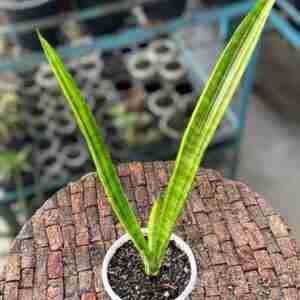
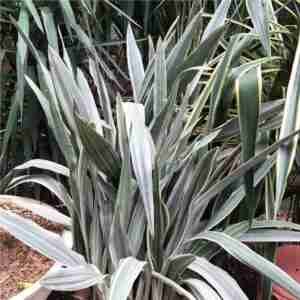
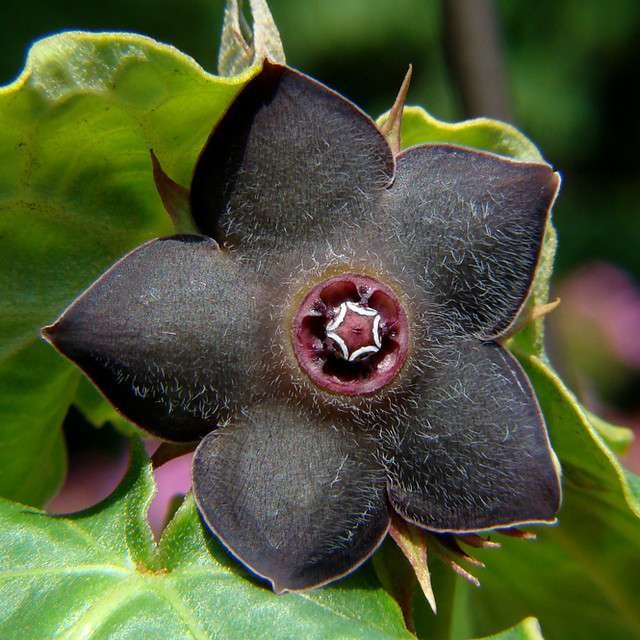
Reviews
There are no reviews yet.